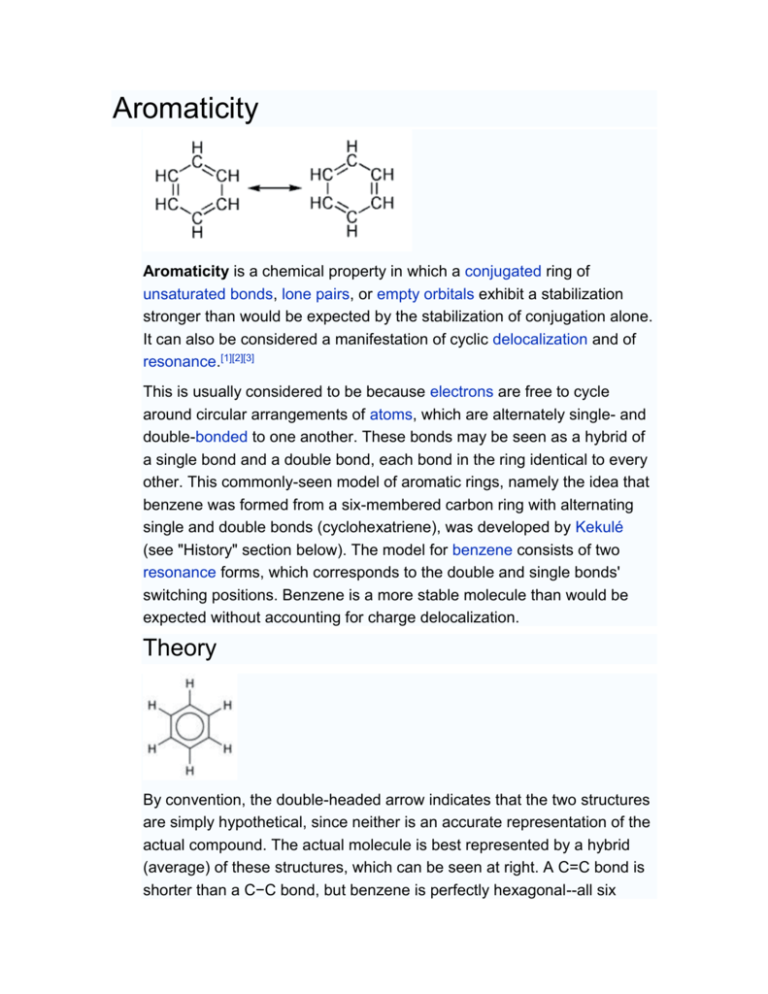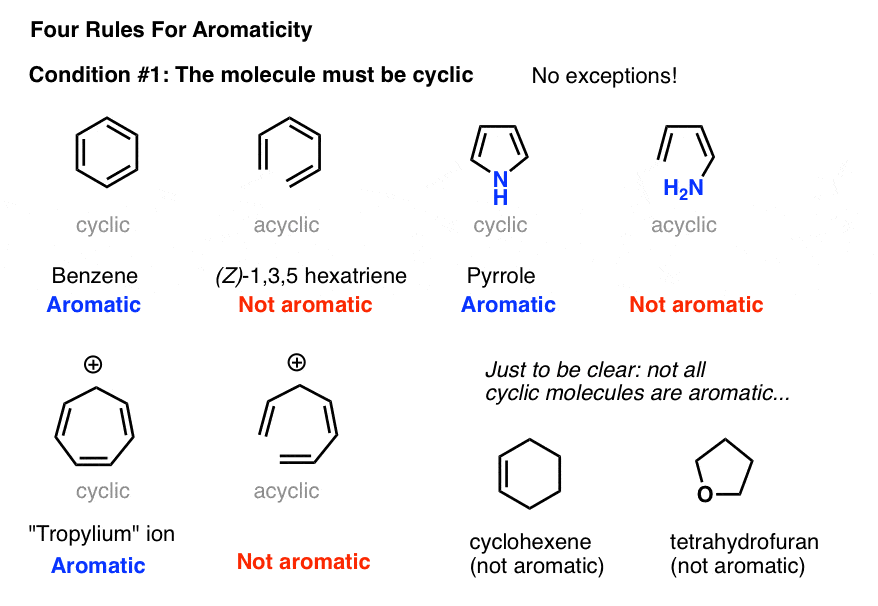
(PDF) Manual of Medicinal and Aromatic Plants
Aromaticity is one of the most deeply rooted concepts in chemistry. But why, if two-thirds of existing compounds can be classified as aromatic, is there no consensus on what aromaticity is? σ−, π−, δ−, spherical, Möbius, or all-metal aromaticity… why are so many attributes needed to specify a property? Is ar 2023 Chemical Science Perspective & Review Collection Emerging.

Aromaticity 1st Edition
Abstract. Aromaticity/aromatic belongs to one of the most useful and popular terms in organic chemistry and related fields. However, aromaticity is not an unambiguous term; therefore, its.
Full article Overview of Polycyclic Aromatic Compounds (PAC)
Aromatic Dianions I 1H NMR: d6.75, singlet Cyclooctatetraene anti-aromatic tub-shaped Cyclooctatetraenyl anion aromatic planar 1H NMR: d5.56, singlet 2 Na = Aromatic Dianions II Dihydropentalene H 2 n-butyllithium H H H Pentalene dianion Pentalene. The End. Created Date:

Aromaticity
Aromaticity. Page ID. William Reusch. Michigan State University. The adjective "aromatic" is used by organic chemists in a rather different way than it is normally applied. It has its origin in the observation that certain natural substances, such as cinnamon bark, wintergreen leaves, vanilla beans and anise seeds, contained fragrant compounds.

(Download) "Aromaticity in Heterocyclic Compounds" by Tadeusz Marek
Constructing Molecular Orbitals • molecular orbitals are the sideways overlap of porbitals •porbitals have 2 lobes.Plus (+) and minus (-) indicate the opposite phases of the wave function, not electrical charge •When lobes overlap constructively, (+ and +, or - and -) a bonding MO is formed

(PDF) Aromaticity Concepts Derived from Experiments
Aromaticity and Antiaromaticity A comprehensive review of the science of aromaticity, as well as its evolution, from benzene to atomic clusters In Aromaticity and Antiaromaticity: Concepts and Applications, a team of accomplished chemists delivers a comprehensive exploration of the evolution and critical aspects of aromaticity.

(PDF) Hand Book of Medicinal and Aromatic Crops
Aromaticity is a property of conjugated cycloalkenes in which the stabilization of the molecule is enhanced due to the ability of the electrons in the π π orbitals to delocalize. This act as a framework to create a planar molecule. Introduction Why do we care if a compound is aromatic or not?

Aromaticity PDF
TrimSize:8inx10in Klein5e-Vol2 c01.tex V1-September13,2019 5:12P.M. Page3 1.2 NOMENCLATURE OF AROMATIC COMPOUNDS 3 CH 3 Toluene OH Phenol

Aromaticity in benzenoid and non benzenoid compounds pdf systemlasopa
Aromaticity and Antiaromaticity A comprehensive review of the science of aromaticity, as well as its evolution, from benzene to atomic clusters In Aromaticity and Antiaromaticity: Concepts and Applications, a team of accomplished chemists delivers a comprehensive exploration of the evolution and critical aspects of aromaticity. The book examines the new global criteria used to evaluate.

Aromatic Chemistry Textbook
This rule would come to be known as Hückel's Rule. Criteria for Aromaticity 1) The molecule is cyclic (a ring of atoms) 2) The molecule is planar (all atoms in the molecule lie in the same plane).
Synthesis of Aromatic Compounds
Huckel's Rule is a set of algorithms that combine the number of π π electrons ( N N) and the physical structure of the ring system to determine whether the molecule is aromatic, antiaromatic, or nonaromatic. The number of π π electrons in an aromatic system can be determined by the following algorithm: N = 4n + 2 (17.5.1) (17.5.1) N = 4 n + 2.

Aromatic Compounds.pdf Aromaticity Pyridine
the aromaticity of the molecule) and a magnetic criterion (existence of the diamagnetic ring current induced in a conjugated cyclic molecule by an external magnetic. This is a PDF rendering of the IUPAC Gold Book term 'aromaticity' Created Date: 2/24/2014 12:30:48 PM.

Reference Book Maria Mitchell Herbalist
Pages 1 - 41 Abstract In this chapter, the main aspects that govern the relationship between aromaticity (as well as antiaromaticity) and molecular orbitals (MOs) are presented and discussed. The Hückel and Möbius theories are discussed first.

(PDF) I. INTERNATIONAL CONGRESS on MEDICINAL and AROMATIC PLANTS
Benzenoid aromatic compounds are the organic molecular species either with isolated benzene rings or with multiple benzene rings which fused to form a more complex structure. Therefore, these compounds can further be classified into monocyclic aromatic compounds and polycyclic aromatic compounds. Monocyclic aromatic compounds: Polycyclic.

aromatic1.pdf Aromaticity Ion
Aromaticity and Antiaromaticity | Wiley Online Books Aromaticity and Antiaromaticity: Concepts and Applications Author (s): Miquel Solà, Alexander I. Boldyrev, Michał K. Cyrański, Tadeusz M. Krygowski, Gabriel Merino First published: 14 October 2022 Print ISBN: 9781119085898 | Online ISBN: 9781119085928 | DOI: 10.1002/9781119085928

Rules for Aromaticity The 4 Key Factors Master Organic Chemistry
The Annulenes. Annulenes are monocyclic compounds with alternating double and single bonds. Annulenes are named using a number in brackets that indicates the ring size. Benzene is [6]annulene and cyclooctatetraene is [8]annulene. An annulene is aromatic if it has 4n+2π electrons and a planar carbon skeleton.